In a Constantly Changing World, Expertise Demands Adaptability Over Certainty
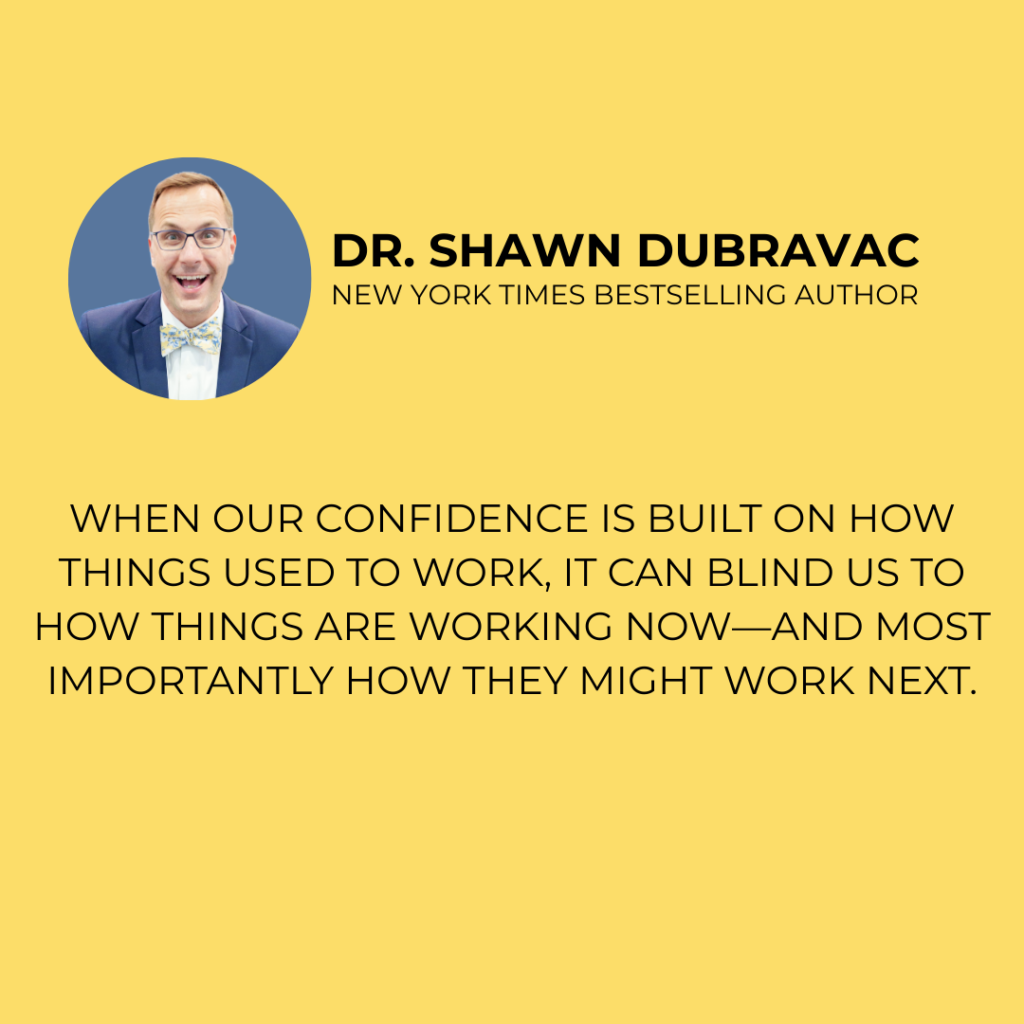
“When experts are wrong, it’s often because they’re experts on an earlier version of the world.” – Paul Graham In a world that refuses to stand still, expertise is no longer defined by what we know—it’s defined by how quickly we can adapt. The traditional view of expertise is rooted in accumulation: years of experience, […]
AI in Equipment Rentals: How AFI’s AI Assistant is Transforming Construction Site Efficiency
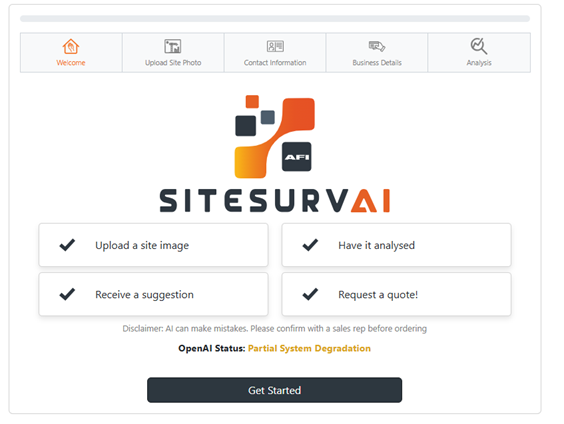
For years, selecting powered access rental equipment for construction sites relied on experience, manual calculations, and educated guesswork. However, with the rise of AI-powered automation, even hands-on industries like construction are witnessing a shift toward smarter, data-driven decision-making. Introducing SitesurvAI: AI-Powered Equipment Selection AFI Rentals has launched SitesurvAI, an AI-powered assistant that streamlines the equipment […]
How Leaders Are Using AI to Make Smarter, Faster Decisions

Executives are using AI to make strategic decisions, showing how far things have progressed. AI is becoming an indispensable tool at the highest levels of decision-making. Peter Tonagh, chairman of media company GTN, didn’t just use generative AI as a writing assistant—he relied on it as a strategic advisor. Faced with a takeover bid just […]
The Tech Expectations of Equipment Rental Customers: How AI and Data Are Reshaping the Industry
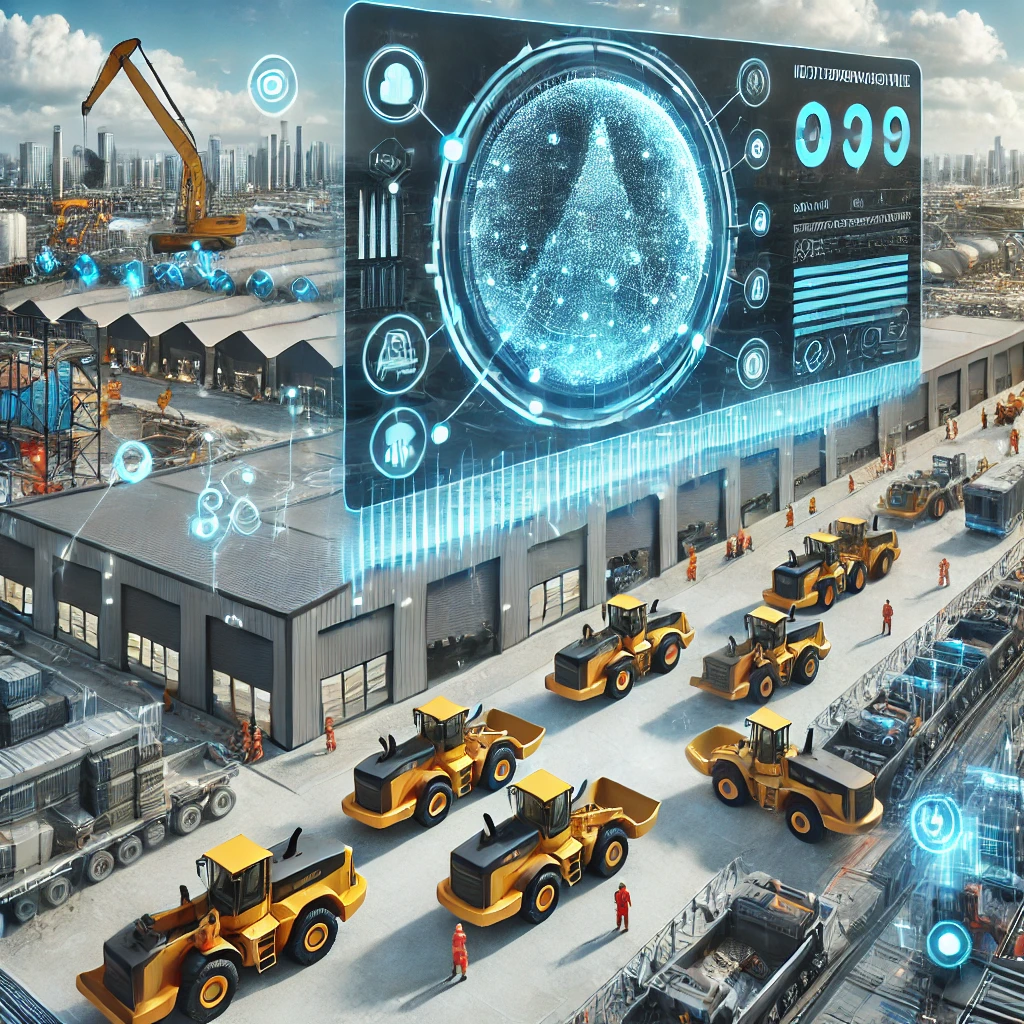
The equipment rental industry has evolved far beyond handwritten contracts and paper-based inventory tracking. Digital transformation, driven by AI and real-time data, is now setting new standards. But what do rental customers actually expect from their equipment providers? A recent Rental Management article by Connie Lannan, “What technologies do your equipment rental customers need from […]
Wayfair Bets on AI to Boost Home Shopping: Will It Work?

Home décor shopping has always been about inspiration. Whether flipping through magazines, scrolling Pinterest, or walking through a well-styled showroom, customers need to see a vision before they commit to a purchase. Wayfair, the online home goods retailer, is doubling down on this idea by leveraging AI-generated images to spark real-life purchases. Wayfair Introduces Muse: […]
States Embrace Bitcoin: Texas, Florida, and Alabama Lead the Charge in Strategic Crypto Reserves
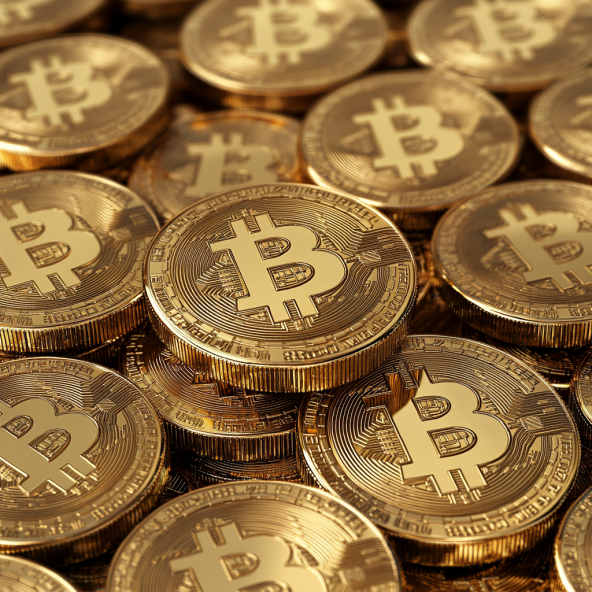
Legislation was introduced in the Texas House of Representatives this week that would, if passed, enable the state to create a strategic Bitcoin reserve. Representative Giovanni Capriglione’s House Bill 1598, known as the Texas Strategic Bitcoin Reserve Act, outlines plans for the state treasury to both acquire and manage Bitcoin as a long-term reserve asset. […]
Is AI Cheating?

AI is finding its way into almost every facet of our lives. But within academic circles, I often hear the use of AI equated to cheating. To what extent is AI simply a tool—much like a calculator, a spellchecker, or even a search engine? And in what ways is it more? The parents of a high […]
Is AI Adoption in the Workplace Stalled?

Two-thirds of employees say they never use AI in their role, highlighting the early stage of AI integration across many industries. Despite growing awareness of AI’s potential, the technology has not yet permeated the everyday tasks of the majority of the workforce. There are also low levels of comfort with AI, with only 6% of […]
Humanoid Robots: The Future of Household Automation—But Not as Soon as You Think
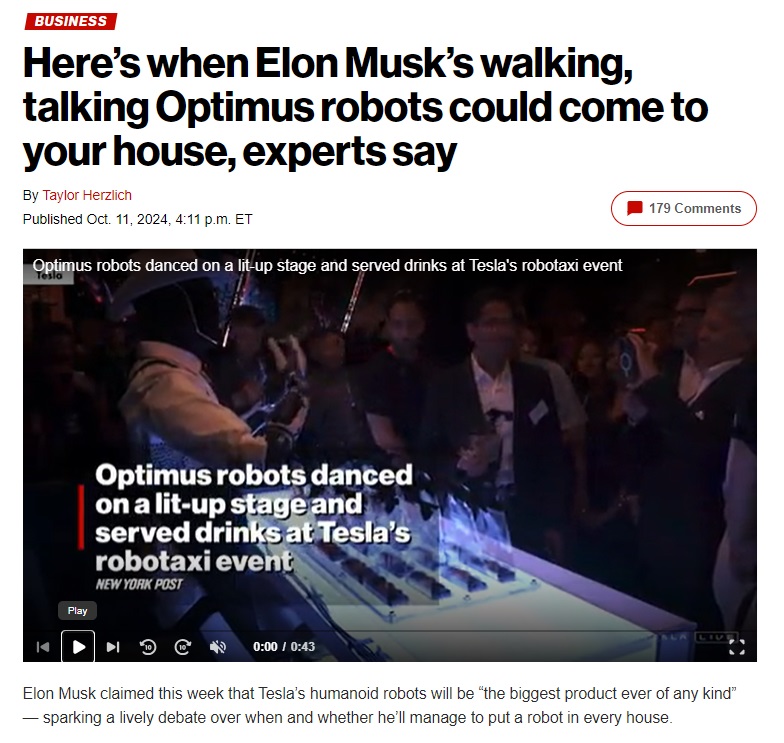
Humanoid household robots will become as common as washing machines and dishwashers—but probably not as quickly as many of us hope. This past week, Tesla provided an update on its Optimus humanoid robots, and it’s clear they’ve made significant progress. I shared my thoughts with Taylor Herzlich for her coverage in the New York Post. I […]
The False Comfort of AI: Jobs Will Be Replaced, Not Just Augmented

By now you’ve likely heard the comforting quip: “AI won’t take your job, but someone trained on AI will.” It’s a catchy line, meant to reassure us in the face of rapid technological change. But it’s also misleading. We should stop pretending AI won’t kill jobs, at least in certain areas. Yes, AI is proving […]